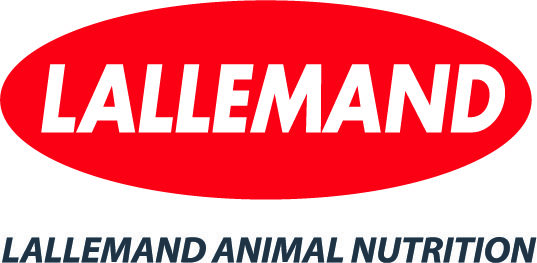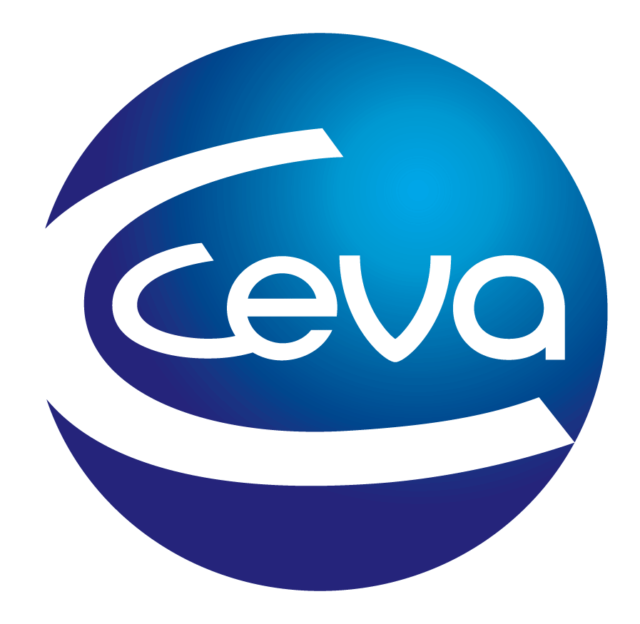Yeast-derived carbohydrates (YDCs) indirectly act through a number of mechanisms to alleviate production issues. YDCs block the entrance to the gut subway, preventing pathogens from boarding trains and traveling to destinations within the calf-cow.
Similarly, YDCs have a tug of war with pathogens for available homes in the gut, making it less likely pathogens will stay in the gut neighborhood.
An interesting feature of YDCs is that they “text message” gut cells to let them know a pathogen is trying to build a family within them. This provides the basis for a unique friendship between the calf-cow gut and YDCs. The YDCs also mop up mycotoxins consumed by cows or calves, keeping the gut clean and healthy.
To address the seasonal change in the mycotoxin content of feeds that contribute to poor gut function is the number one reason YDCs are applied on dairy farms. YDCs can also give the immune system of cattle a swift kick to re-awaken the system when other factors have turned it off.
The outcome is a gut that is better able to recognize and defend itself against an enemy. Finally, YDCs serve as a banquet for residents of specific regions within the gut, increasing the numbers of residents that benefit the community. Together, all of these features promote overall good cow and calf health.
YDC applications are gaining acceptance for managing a variety of dairy production issues. YDCs are produced by enzymatically or chemically breaking up yeast cells. This process releases different combinations of oligosaccharides and glucans that are unique to each product. Final products may also be supplemented with nutrients such as vitamins.
What are the application strategies?
YDCs are either included in the daily feed ration (prophylactic treatments) or applied as needed (spot treatments). Prophylactic treatments (amount on product label) act to buffer dairy cattle against the day-to-day stressor events that contribute to poor performance.
In contrast, spot treatments (two to six times the amount on product label) alleviate specific issues such as disease outbreaks, milk production crashes, metabolic crashes and feed mycotoxin-based toxicoses. However, the greatest success on-farm with YDCs involves using a combination of both prophylactic and spot treatments throughout the production cycle.
How are products used?
High mortality in calves contributes to huge losses for dairy producers. Typically, calves with scours will receive either rehydration therapy or, in a proportion of cases, antibiotics. Laboratory and field trials support the use of YDCs in combination with probiotics to manage calf scours.
Probiotics are living organisms that may or may not be part of the normal gut inhabitants of a calf. When applied, probiotics deliver a health benefit to the calf through similar mechanisms as YDCs. It is important to use a protected probiotic for cattle so it is not completely degraded within the rumen or stomach.
When a calf scour outbreak occurs, several types of infections are present: lightly infected/not scouring, infected/scouring with or without signs of dehydration, infected/scouring/recumbent.
For all calves, YDC is applied prophylactically in the milk until all scours stop; however, the concentration applied is dependent on the severity of the scours/infection. For calves with mild to moderate scours, a YDC/probiotic is applied in a small volume of milk between normal feedings at one or two times normal label levels until the scours cease.
For calves that have severe scouring and are recumbent, a YDC/probiotic is applied in a small volume of milk between normal feedings at three to six times normal label amount until the calf recovers.
The sequence for calf recovery is a sitting position (24-hour), standing but unsteady (48-hour), standing and steady (72-hour), and finally, the YDC/probiotic can be removed when normal behavior is observed (five to seven days).
The YDC remains as part of the normal milk ration for up to a week longer to ensure residual infections have been eliminated and gut repair has occurred.
Laboratory and field trials support the use of YDCs to manage hemorrhagic bowel syndrome (HBS) or jejunal hemorrhage syndrome (JHS) in heifers and mature cattle. This disease can result from an interaction of Shiga toxin-producing Escherichia coli with feed mycotoxins.
YDC is applied at one to six times the normal label amount as a spot treatment for symptomatic dairy cattle or as a prophylactic treatment to interfere with the factors that promote this disease. The product is removed when the mycotoxin-contaminated feed is no longer part of the feed ration.
Field trials support the use of a YDC prophylactic treatment in combination with probiotics to manage metabolic challenges.
For example, in the far-off and close-up pens, YDC/probiotic spot applications of two times the normal label amount prevent metabolic issues at the transition period. Added benefits include reducing the likelihood of mastitis carryover from the dry period together with reduced cow-calf mortality.
Field trials also support the use of prophylactic and spot treatments with YDC to manage milk production losses. For example, in the lactation cycle, YDCs included at two times the normal label amount increase the amount and persistency of milk production throughout the lactation cycle.
In addition, spot applications of six times the normal label amount is applied as a top-dress to the feed or as a drench to recover milk production in crashed individual cows.
Laboratory and field trials support the use of YDCs to mop up mycotoxins in feeds, preventing calf-cow exposure. All producers face the challenge of seasonal changes in feed quality associated with mycotoxin burdens. To address this issue, YDC is applied in prophylactic or spot treatments.
For example, a slow decline in herd milk production over a month-long period after hitting a fungal pocket in silage is corrected by switching the prophylactic treatment to a spot treatment at two times the normal label amount. This reverts back to the prophylactic treatment once normal milk production is recovered.
Similarly, to correct aflatoxin transfer to milk, two to three times the normal label amount is applied as a spot treatment to the feed ration to stop aflatoxin transfer to milk. The latter is achieved in a time period proportional to the amount of aflatoxin ingested. The treatment is slowly lowered to an amount where aflatoxin transfer does not occur for that particular herd.
How do products differ?
There are as many YDC recipes as there are products. Generally, recipes vary in the quantity and type of oligosaccharides/glucans per unit weight of product, the type of nutritional supplement, the quality of ingredients and the stability of ingredients. It is not clear whether one recipe is better than another for on-farm success.
In order to better understand why dairy producers in our region were reporting that YDCs were or were not working to alleviate dairy production losses, we developed a series of cattle gut cell bioassays to evaluate YDCs on the same playing field and compared that information to on-farm success.
For the YDCs investigated, only one product, Celmanax in the U.S. or Cel-Max in Canada, was consistently effective in alleviating dairy production issues and provided positive responses in all cattle gut cell bioassays. Therefore, choosing a YDC that fits a farm’s needs is the largest hurdle for any producer.
How do you get started?
Before making any decisions about YDCs as tools, dairy producers should follow five simple steps to reach an economically sensible decision concerning which YDC to use and how to implement it: First, choose a product that has credible data showing impact on-farm and, if possible, seek out others who have had success with the chosen product.
Second, examine the entire production cycle to identify where the largest production losses are occurring. Third, implement a treatment plan that addresses a specific production loss. Fourth, critically evaluate the impact of the treatment; and fifth, expand applications to meet individual farm needs.
Reprinted with author’s permission.









